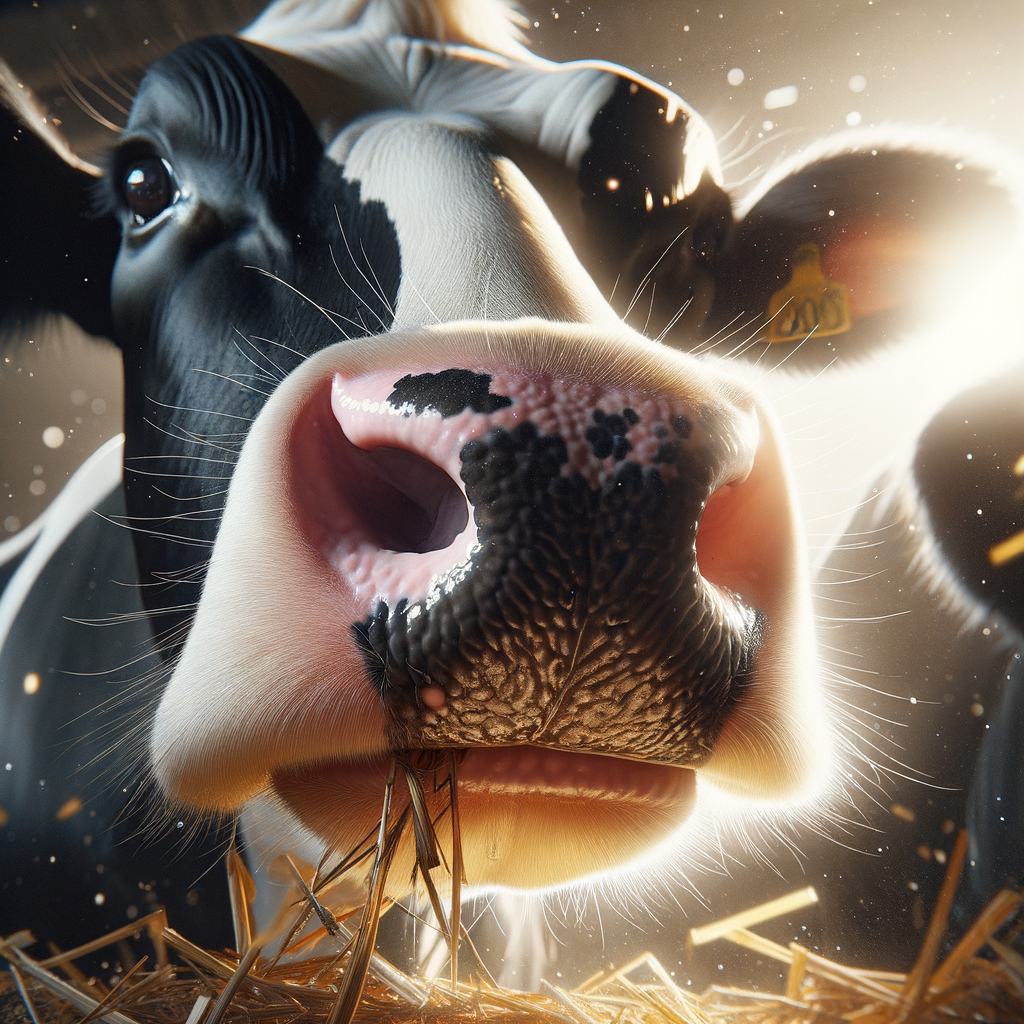The Silent Threat of Chronic Wasting Disease in North American Deer Populations
In the serene woodlands and vast grasslands of North America, a silent threat looms. Chronic wasting disease, also referred to as “zombie deer disease,” is on a stealthy march across deer populations. This neurological condition, characterized by symptoms such as drooling, lethargy, and a vacant gaze, is underpinned by the mysterious workings of prions—misfolded proteins capable of inducing other proteins in the brain to misfold as well. This trait not only leads to neurological degeneration but also makes prion diseases incredibly resilient, capable of withstanding traditional disinfection methods.
The Peculiar Culprit Behind Chronic Wasting Disease
At the Heart of the chronic wasting disease enigma lies prions. Unlike conventional infectious agents, prions don’t trigger an immune response, rendering them virtually undetectable through standard methods. Their resilience and longevity in the environment present significant challenges for containment and raise concerns regarding their potential to infect humans. Although direct transmission to humans has not been confirmed, the bridge crossed by other prion diseases, like mad cow disease, highlights the serious potential for zoonotic transmission.
Risks to Humans and the Ecological Balance
The spread of chronic wasting disease poses not just ecological, but potentially human health risks as well. The environmental persistence of prions means indirect exposure could occur through soil, water, or other environmental vectors. Furthermore, the disease’s presence threatens to disrupt the balanced relationship between deer populations and their habitats, leading to far-reaching ecological effects.
Monitoring and Managing the Disease
To address the challenges posed by chronic wasting disease, a comprehensive and coordinated approach is needed. This includes enhancing surveillance to track its spread and implementing biosecurity measures to prevent further transmission. Encouraging responsible hunting practices and conducting regular testing among deer and elk populations stand as vital preventative measures.
Protecting Wildlife and Human Health
The shadow cast by chronic wasting disease spotlights the interconnectedness of ecosystems and human health. By taking decisive steps to mitigate risks, we reaffirm our commitment to preserving the Well-being of our planet and its inhabitants. Understanding the disease’s transmission dynamics, its ecological impacts, and potential human health implications is crucial for developing effective strategies against this insidious disease.
In conclusion, the stewardship of our natural world calls for vigilance against the spread of chronic wasting disease. As we delve deeper into the mysteries of prion diseases and their potential to cross species barriers, let’s remain dedicated to fostering a healthy coexistence between humanity and the natural environment.







